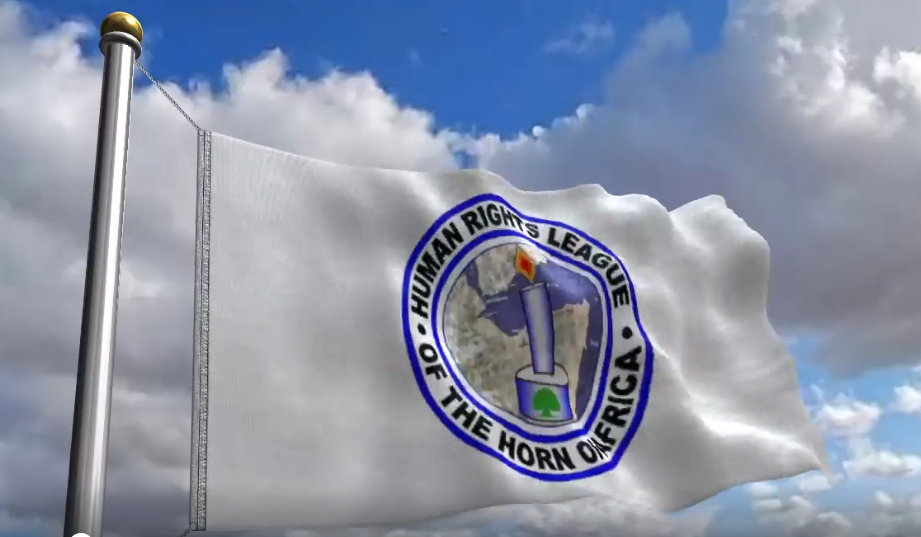| GARBATULLA, 13 August 2010 (IRIN) – Response to disasters and emergencies in northern Kenya continues to be hampered by lack of infrastructure – airstrips, communication, health facilities and personnel – with aid workers and disaster response experts calling for more preparedness.
Prepositioning more emergency supplies in “rescue centres” in key locations would greatly enhance disaster response, they say. The Kenya Red Cross Society (KRCS) already has non-food items set for distribution to 5,000 people in case of a disaster in Northeastern province. “There are staff and volunteers at all the branches, trained in disaster response, search and rescue, relief, health and water and sanitation,” Nelly Muluka, the KRCS public relations and communications officer, told IRIN on 11 August. “We also have a warehouse and vehicles that can withstand the NEP [North Eastern Province] terrain in case of an emergency.” Moreover, KRCS has a regional office in Garissa town, and local branches in Garissa, Mandera, Ijaara, Mwingi and Wajir. Muluka said the society was generally prepared for emergencies such as cross-border and resource conflicts, drought, floods and accidents and/or emergencies. However, disaster response experts say the government should urgently tackle the poor state of roads, lack of critical facilities required for the effective provision of healthcare and frequent conflict in the remote region, which is prone to drought, floods and disease outbreaks. Risky relief operations “Rescue and relief operations in such areas is very challenging, [involving] expensive delays; it is also risky to provide relief services to communities in need of assistance in areas affected by deadly conflicts over resources,” Gitonga Mugambi, KRCS coordinator in charge of Isiolo and Samburu areas, told IRIN. Mugambi said the establishment of disaster rescue centres in the region – Isiolo, Marsabit, Upper Eastern and North Rift Valley – would minimize and tackle humanitarian crises effectively. Such centres, aid workers and disaster response experts say, should be stocked with food, clean water, drugs, maternity facilities and space for temporary schools. Mohamed Ahmed, a project officer for the Nomadic Communities Rehabilitation Programme, said the poor state of infrastructure reflected the region’s marginalization. “Northern Kenya can be said to be under a permanent crisis, it’s a region with fewer than 10 medical doctors, no specialists; only the rich can access required healthcare services and many lives are lost daily whether we are in a disaster or not,” Ahmed said. Kenya’s failure to implement a disaster preparedness policy has meant that response to emergencies is often slow, poorly coordinated and unnecessarily expensive, say specialists. A draft of Kenya’s National Disaster Management policy was forwarded to the Cabinet in September 2009 but has not been discussed in parliament. The policy’s main recommendations included setting up a national disaster strategy, stockpiles of food to add to grain reserves, disaster trust funds, district contingency plans and insurance initiatives. In a report assessing the response to the 2008-2009 drought in Kenya, the International Livestock Research Institute (ILRI) said the quality of contingency plans had improved, but required fine-tuning. “As yet there are no agreed-upon triggers for the release of contingency funds,” the agency said. “Furthermore, access to these funds is often delayed due to treasury-related constraints. “Creation of a sufficiently endowed national drought contingency fund deserves the highest priority,” it said. Government action Lordman Lekalkalai, head of community projects in the Arid Lands Resource Management Programme – a government- and donor-funded initiative under the Ministry of Northern Kenya – said: “We are at the moment implementing a number of projects with a view to mitigating the impact of frequent disasters across the region; our projects include improvement of infrastructure like health facilities. “We have also established a communication centre in Merti [Isiolo], which is linked to internet services.” Lekalkalai said information was important to help communities deal with climate change-related disasters; “an informed community will be able to prepare, prevent and minimize any disaster”. Cosmas Adow, a project officer for the Ngaremara Community Empowerment project, said poor delivery of information and resource rivalry among communities had also affected disaster response. A team of experts, which included officials from the Kenya Civil Aviation Authority, toured the region recently and said the poor state – and lack – of airstrips had made it difficult and risky to conduct air-rescue relief operations. Led by Capt Joseph Martin Ririani, chairman of the Kenya Civil Aviation Authority, the team inspected airstrips in Isiolo, Garbatulla, Marsabit and Moyale. Ririani said construction, repair and expansion of the existing airstrips had to be planned and budgeted for in preparation for disaster intervention operations. The fact-finding team experienced first-hand the poor airstrips when one of the tyres of their plane got a puncture as it landed at Kalacha airstrip in Marsabit. na/js/mw |


